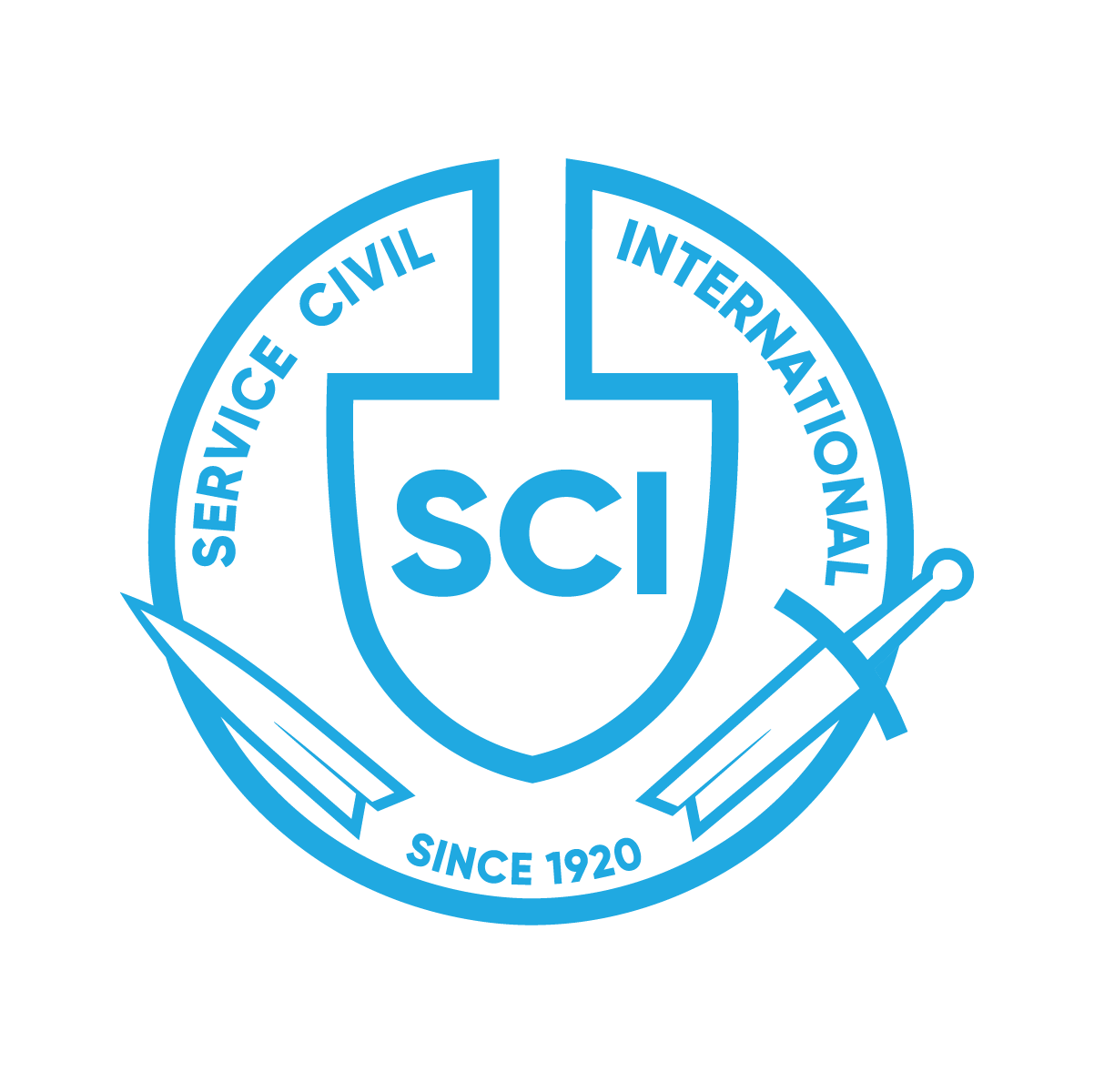Elements of Copyright

A legal notion known as copyright gives the author of an original work the sole authority to decide how that work is used and distributed. Various types of works, including literary, musical, artistic, and other creative works, can fall under this category. Copyright helps to safeguard the rights of creators, ensuring that they can make a profit from their work, and promote the production and distribution of new works.
It is important to research the laws that apply to the location of your audience because copyright regulations differ from nation to nation.
Understanding the fundamentals of copyright, including what is protected, how long protection lasts, and how to obtain permission to use protected work, is also crucial.
Here are some licences you can use for publications:
- Open Access Licenses: Open access licenses are designed specifically for scholarly publications, and they allow researchers to make their work freely available to the public. The most common open access licenses are the Creative Commons Attribution (CC-BY) and Creative Commons Attribution-NonCommercial (CC-BY-NC) licenses, which allow others to use and distribute the work as long as they give credit to the original author and do not use the work for commercial purposes.
Creative Commons Licenses: Creative Commons licences are a set of standardised licences that allow creators to share their work with others while retaining certain rights. These licences come in several different versions, each with its own set of conditions for use, but they generally allow others to use, modify, and distribute the work as long as they give credit to the original creator.
- Public Domain Dedication: A public domain dedication is a legal statement by the creator of a work that they are dedicating their work to the public domain, thereby waiving all copyright and related rights. This means that anyone can use, modify, and distribute the work without needing to obtain permission or provide attribution. Usually, the copyright is no longer valid after a certain amount of time (years) of the copyright holder’s death, making the content part public domain. This means for example that very old pictures and paintings are usually fine to use.
- GNU General Public License: The GNU General Public License is a free software licence that allows users to run, study, modify, and distribute software and other works that are licensed under the GPL. This licence requires that any derivative works be licensed under the GPL as well, and it includes a number of provisions designed to ensure that the software remains free and open to all users.
There are resources available for finding free, copyright-free images such as Unsplash, Pexels, Wikimedia Commons and Pixabay. Icons under free licences you can find at Flaticon.
DOs
- It’s important to credit the source of any images or other materials used, even if they are free to use.
- When communicating about these topics, it’s important to keep the audience’s specific needs and context in mind, and to provide relevant and accurate information.

